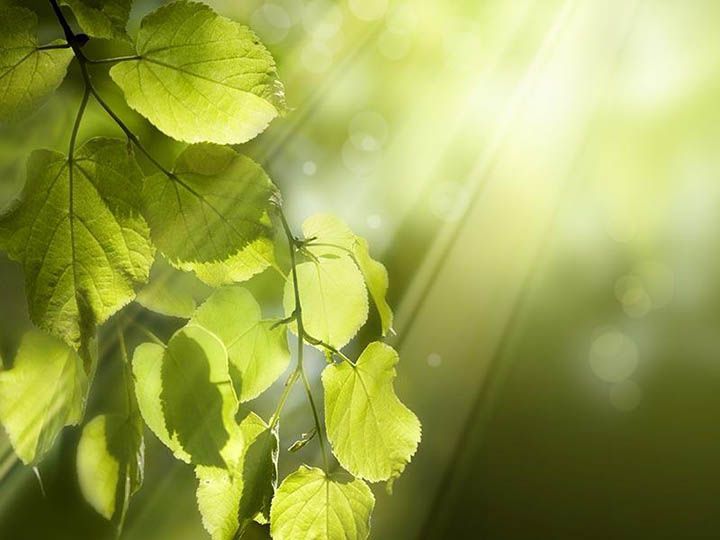Water on the Earth
2/3rd of the Earth is covered with water.
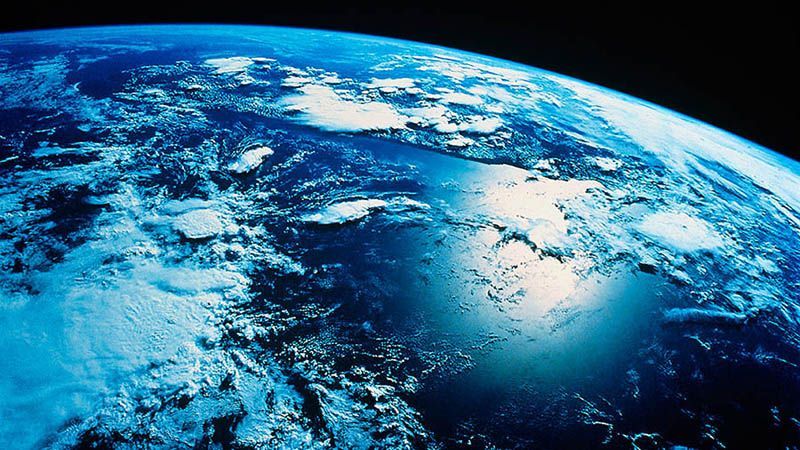
The Earth when seen from outer space appears blue due to this very reason.
It exists in the form of ice in the polar regions and in the form of vapour in the hotter parts of the Earth.
States of Water
Water exists in three different forms in nature, at different temperatures. The three forms of water are water, steam and ice.
Thus, we can see that we can interchange the different forms of water by heating or cooling.
The conversion of water into water vapour and its condensation back to water happens in a continuous manner in nature. The water on the surface of the Earth continuously evaporates.
Liquid
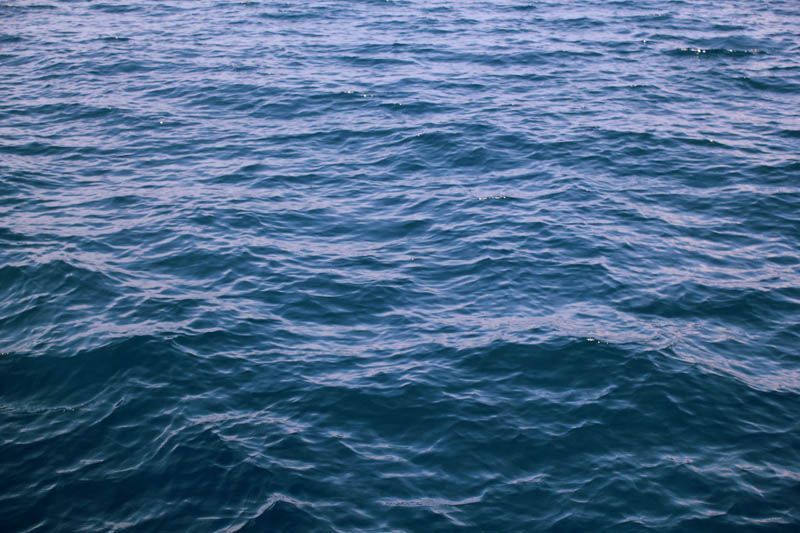
We can see water in the liquid form in ponds, lakes, rivers, oceans and as rainwater.
Solid
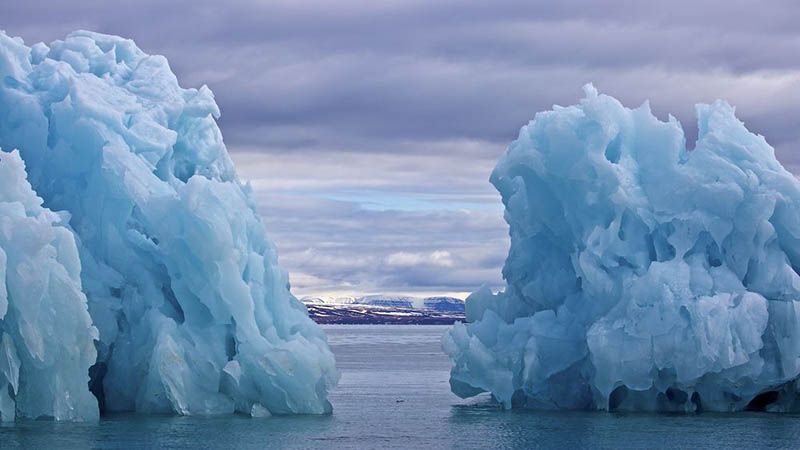
If we go on cooling water, it solidifies to form ice. Water freezes to form ice at 0°C.
Thus, the temperature of 0°C is known as the freezing point of water. Ice, on the other hand, starts melting at 0°C. Thus, it is also known as the melting point of ice.
Gaseous
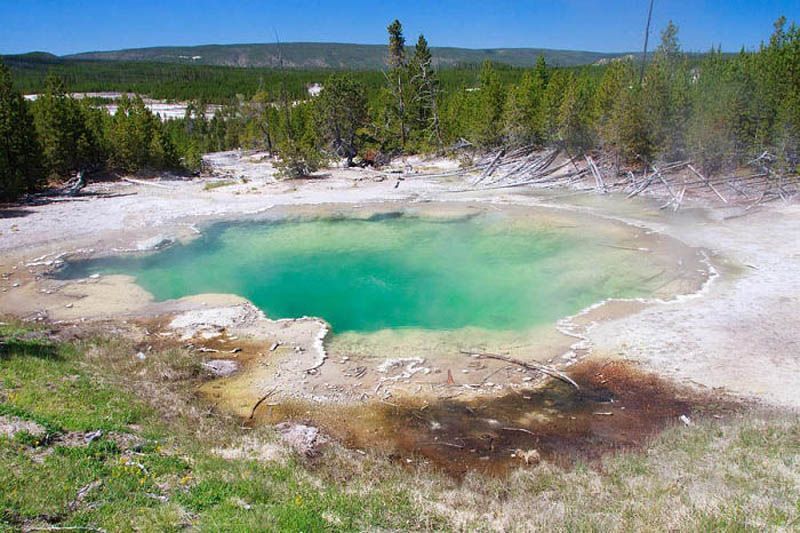
Water in a gaseous form is known as water vapour. Water vapour is present in air all around us.
Water in a gaseous form is known as water vapour. Water vapour is present in air all around us.
Evaporation
Water gets converted into water vapour at all temperatures. This is known as evaporation. Evaporation usually takes place at the surface of water.
Boiling
Heating accelerates the rate of conversion of water into water vapour. At a temperature of 100°C, water readily converts into steam.
This rapid conversion of water into steam is known as boiling and the temperature at which water boils (100°C) is known as the boiling point of water. The process of boiling occurs throughout the bulk of the liquid.
Condensation
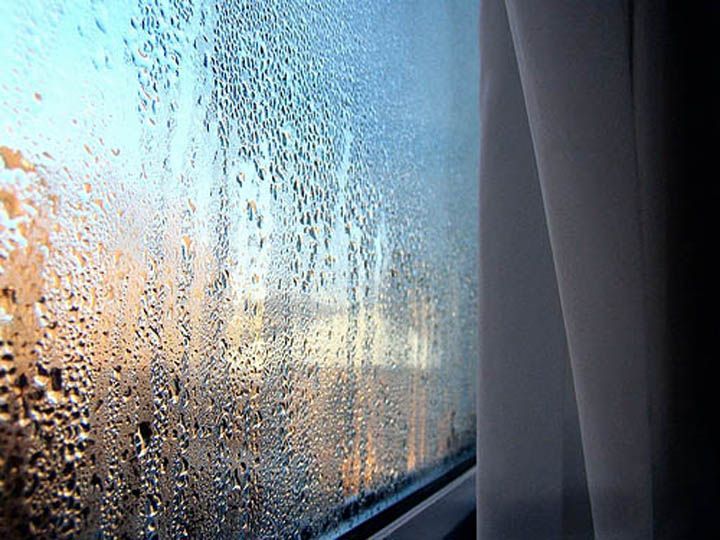
As steam cools down, it is again converted into liquid water. This process is known as condensation.
Alright! Now let's watch a video on how this conversion happens in nature.
